Alterations vs. Maintenance
Posted on - Thursday, June 1st, 2023I have had several projects latetly where my clients have asked me to write them a letter that explains that their project was excempted from having to be reviewed or inspected because they were not “alterations”. One of them said that all they were doing was MEP upgrades and “finishes”. That made me question their request….
- What finishes?
- Where are the MEP upgrades occurring?
- Were they just doing mechanical and electrical upgrades?
- or werer there also plumbing changes involved?
- Were they installing new lighting or light switches as part of the upgrades?
- What finishes? painting, flooring, new cabinetry?
The concept of “alterations” is a confusing concept for most of us. The basic confusion is what is an alteration? The answers to my questions above would have given me some clarity. In the ADA and TAS an “alteration” has a specific (not so specific) definition. And in the definition it also tells you what is NOT an alteration. I will put the definition below and then I will explain why the request was not able to be fulfilled.
Alteration: A change to a building or facility that affects or could affect the usability of the building or facility or portion thereof. Alterations include, but are not limited to, remodeling, renovation, rehabilitation, reconstruction, historic restoration, resurfacing of circulation paths or vehicular ways,
changes or rearrangement of the structural parts or elements, and changes or rearrangement in the plan configuration of walls and full-height partitions.

Reconstruction….even if it is demolishing something and re-building it EXACTLY IN THE SAME PLACE….or as my clients like to explain…BUILDING IT IN KIND….it is still an alteration.
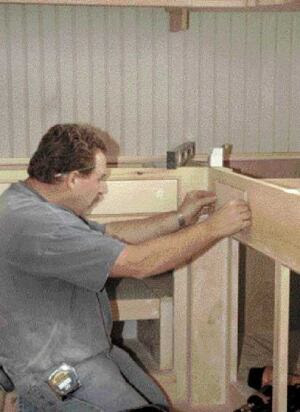
Reconstruction of a cabinet even it is going to be put back exactly where it was, will be considered an alteration.
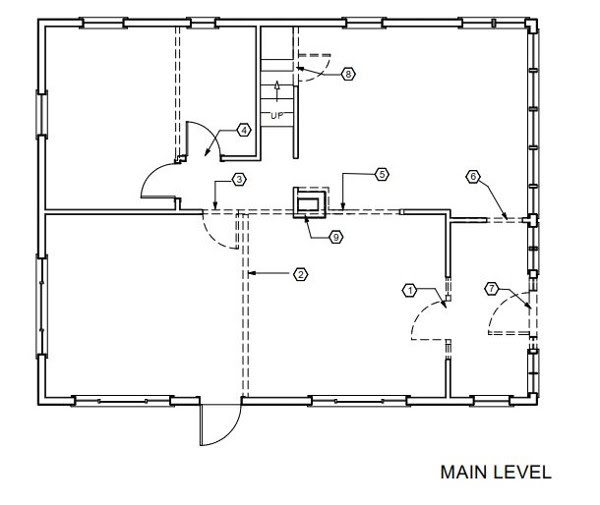
Reconfiguration of a floor plan, by either removing walls, adding or re-building walls, adding or re-building millwork (even if it was there before) is an alteration.
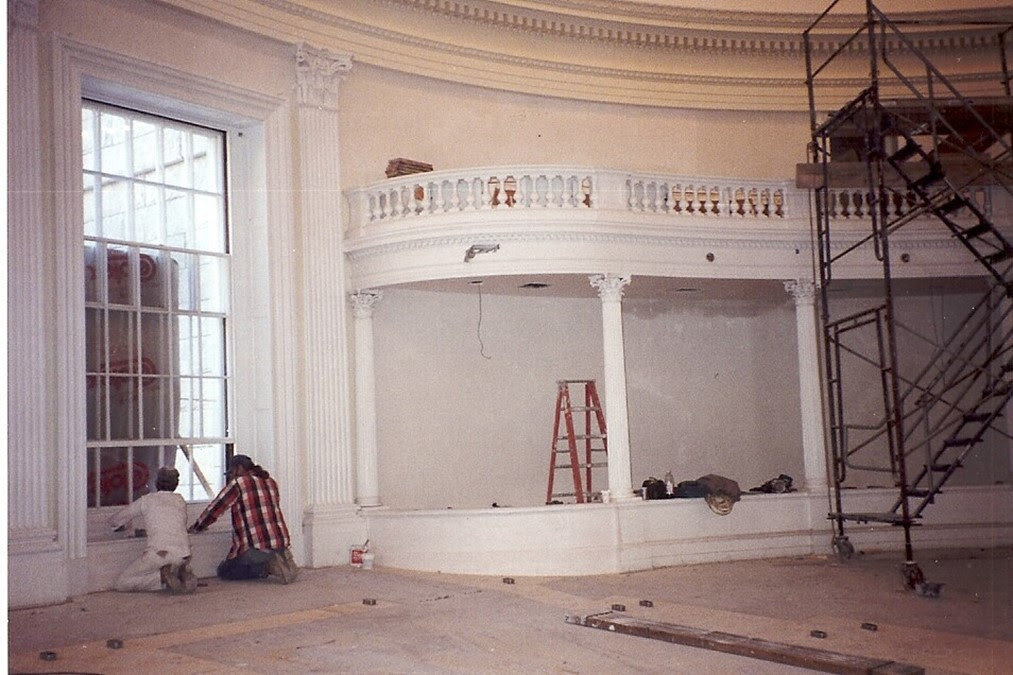
Historic Restoration, depending on what is being restored might be considered an alteration. If it happens in the vertical plane or the ceiling it may not because it may not affect the usabilitity.
“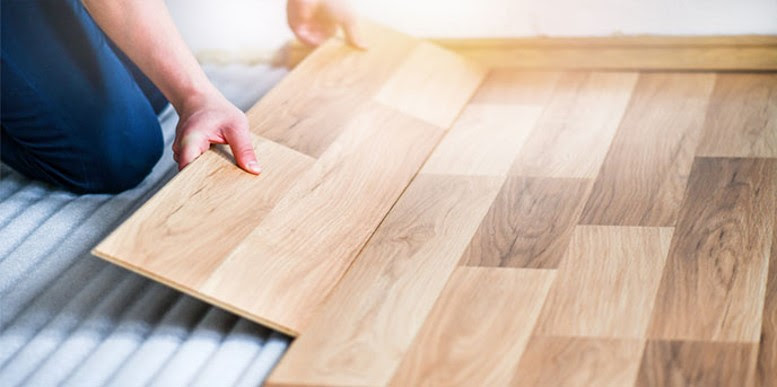
The definition of alteration, includes “re-surfacing of circulation paths”. This would include flooring. Even if the flooring is being replaced “IN KIND” with the same material that was there before….it is an alteration.
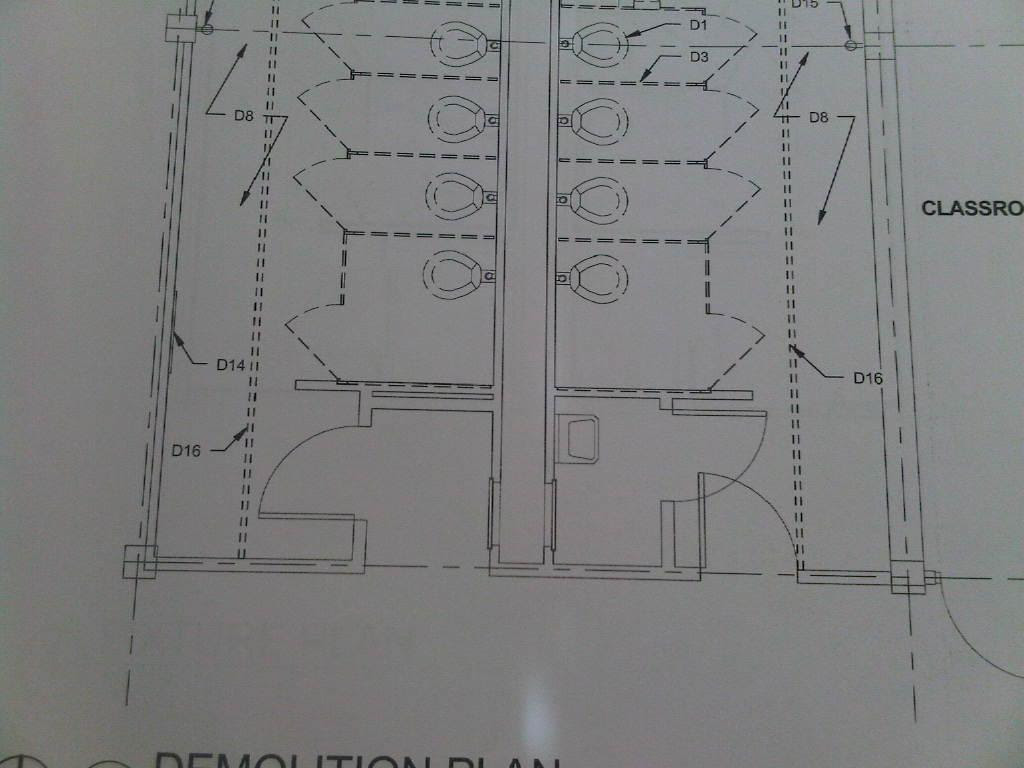
Removing toilet partitions and replacing them is an alteration. Be careful when re-installing them. If they were not compliant before, they will need to be compliant at the time of installantion.

Rebuidling toilet compartments will require that they comply. Even if they were put back exactly where they were, it is an alteration. The wheelchair accessible toilet compartment will have to comply with the standards even if it did not originally. DON’T ASSUME THEY WERE COMPLIANT BEFORE

In an alteration, the standards only requires that the element that you are altering be compliant. In this project, they were only replacing the lavatory, therefore the lavatory is the only thing in the restroom that will need to comply at the end of the project.
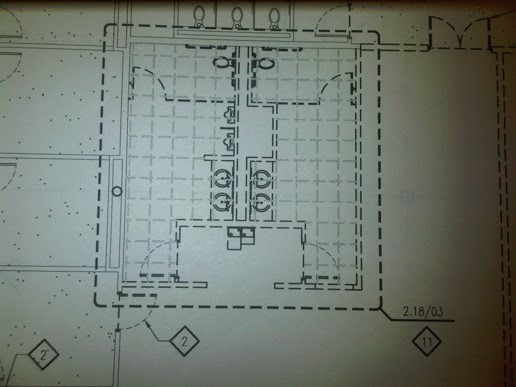
In this restroom, all the elements were removed and will be re-built. Even if they are all going back exactly where they were before, each new element will have to comply with the standards.
Therefore when alterations ocur based on the definition, it will trigger ADA and TAS to be applied. Everything that is newly installed will have to comply.
The definition continues with this clarification:
Normal maintenance, reroofing, painting or wallpapering, or changes to mechanical and electrical systems are not alterations unless they affect
the usability of the building or facility.
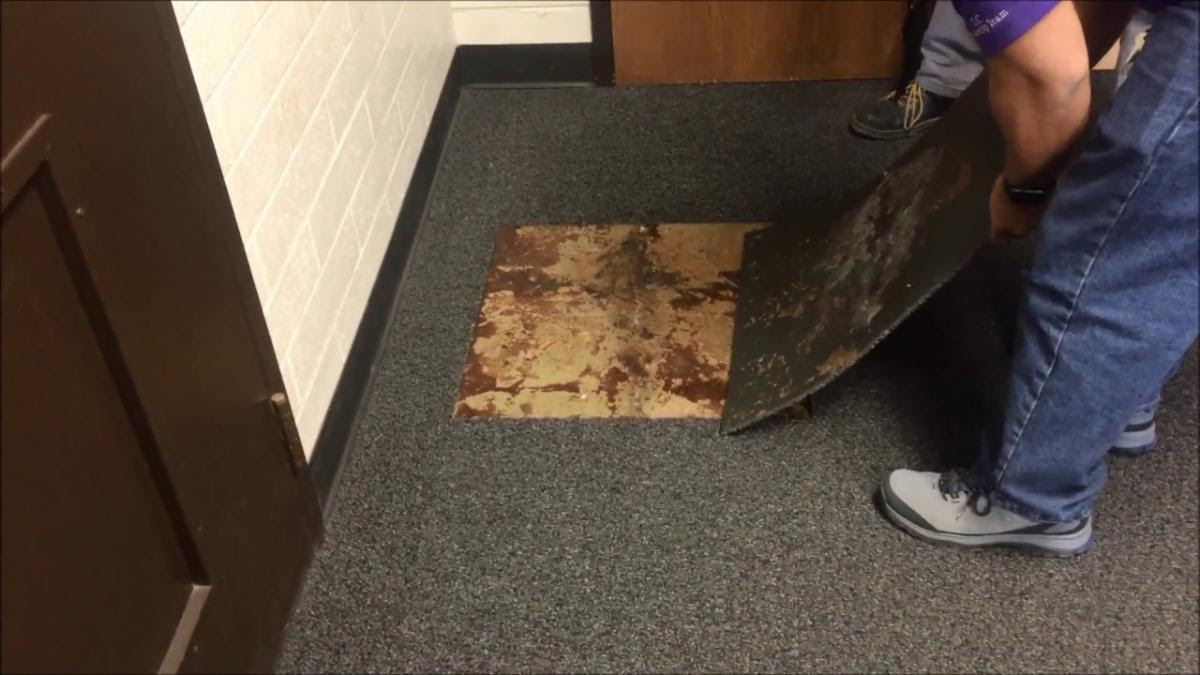
Replacing one or two damaged carpet tile would be considered maintenance. Replacing an entire carpet would an alteration.

painting is not an alteration because it does not affect the usability of the building for persons with disabilities

changing ceilings is NOT an alteation becuase it does not affect the usability

adding pendant light fixtures could affect the usability, therefore adding them to an existing space will be an alteration.

replacing a broken toilet, may be considered “maintenance” if it does not require a permit and other elements are being altered. This will need to be evaluated on a case by case basis.
Alterations in Areas that contain a Primary Function:
Once you determine that your project is an alteration, then we have to explore where it happens? Is it located inside an area of your facility that is considered to have a function that is a major activity to the facility? This area would be considered a “primary function” according to the ADA and TAS
Definition of: Primary Function. A major activity for which the facility is intended. Areas that contain a primary function include, but are not limited to, the customer services lobby of a bank, the dining area of a cafeteria, the meeting rooms in a conference center, as well as offices and other work areas in which the activities of the public accommodation or other private entity using the facility are carried out.
If the area you are altering is considered a primary function, then Section 202.4 will apply:
202.4 Alterations Affecting Primary Function Areas. In addition to the requirements of 202.3, an alteration that affects or could affect the usability of or access to an area containing a primary function shall be made so as to ensure that, to the maximum extent feasible, the path of travel to the altered
area, including the parking areas, rest rooms, telephones, and drinking fountains (and in Texas they added parking) serving the altered area, are readily accessible to and usable by individuals with disabilities, unless such alterations are disproportionate to the overall alterations in terms of cost and scope.
Mechanical rooms, boiler rooms, supply storage rooms, employee lounges or locker rooms, janitorial closets, entrances, corridors, and restrooms are not areas containing a primary function.
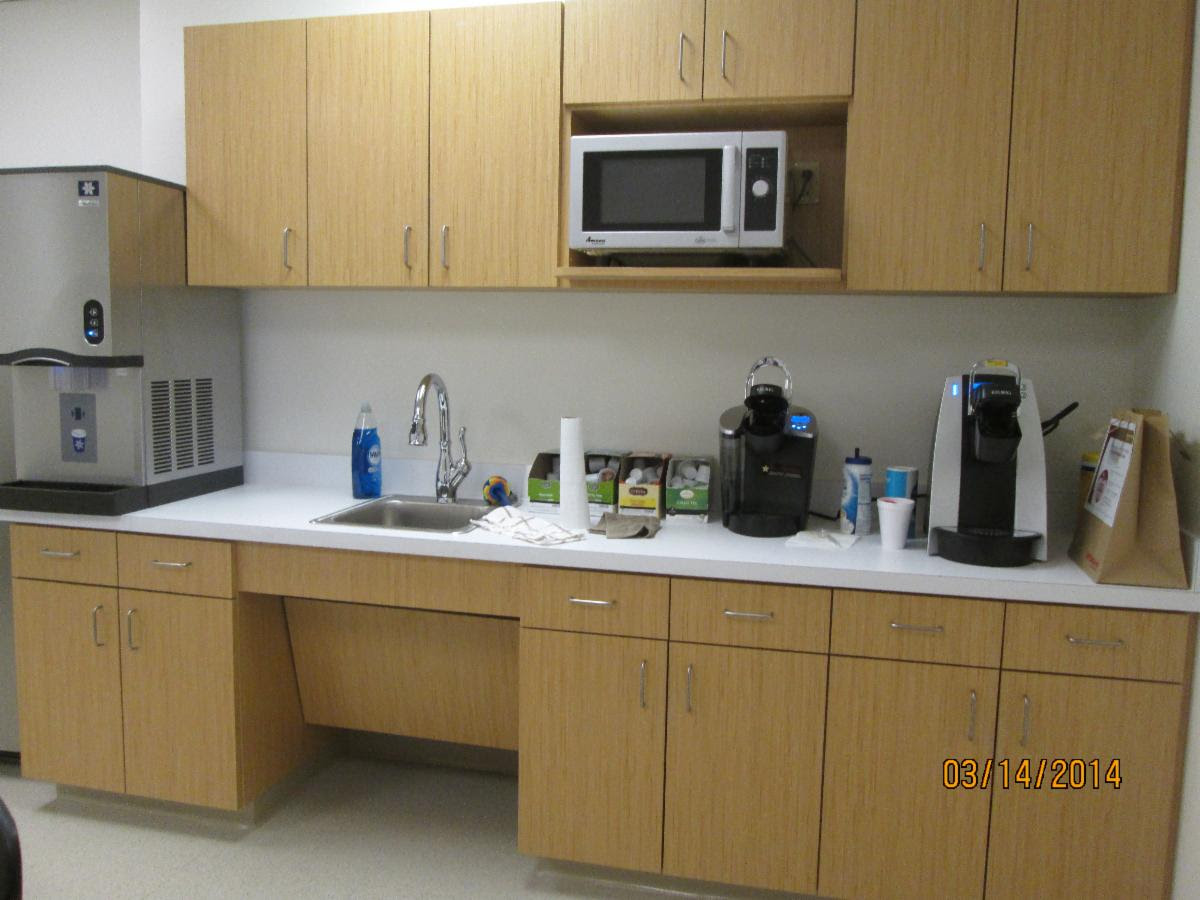
break rooms are not considered a “primary function”. If any renovation occurs inside the break room, it will not trigger the “path of travel” elements to be in compliance
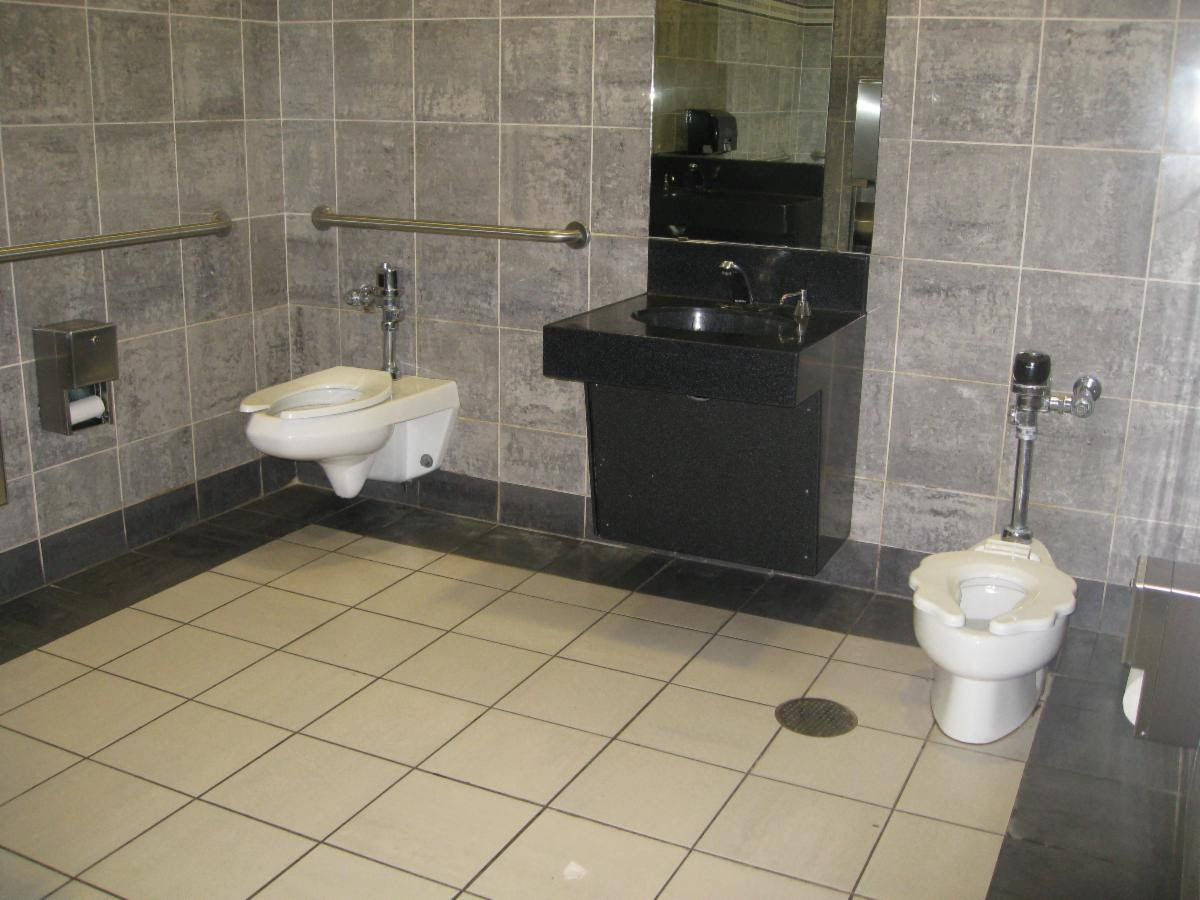
restrooms are not considered a “primary function” except in rest stops. If any renovation occurs inside the restrooms (other than at rest stops), it will not trigger the “path of travel” elements to be in compliance

parking is not the “primary function” of a facilty and therefore will not trigger compliance with the path of travel elements.
Alterations that affect the usability of or access to an area containing a primary function include, but are not limited to:
(i) Remodeling merchandise display areas or employee work areas in a department store;
(ii) Replacing an inaccessible floor surface in the customer service or employee work areas of a
bank;
(iii) Redesigning the assembly line area of a factory; or
(iv) Installing a computer center in an accounting firm.
For the purposes of this section, alterations to windows, hardware, controls, electrical outlets, and signage shall not be deemed to be alterations that affect the usability of or access to an area containing a primary function.
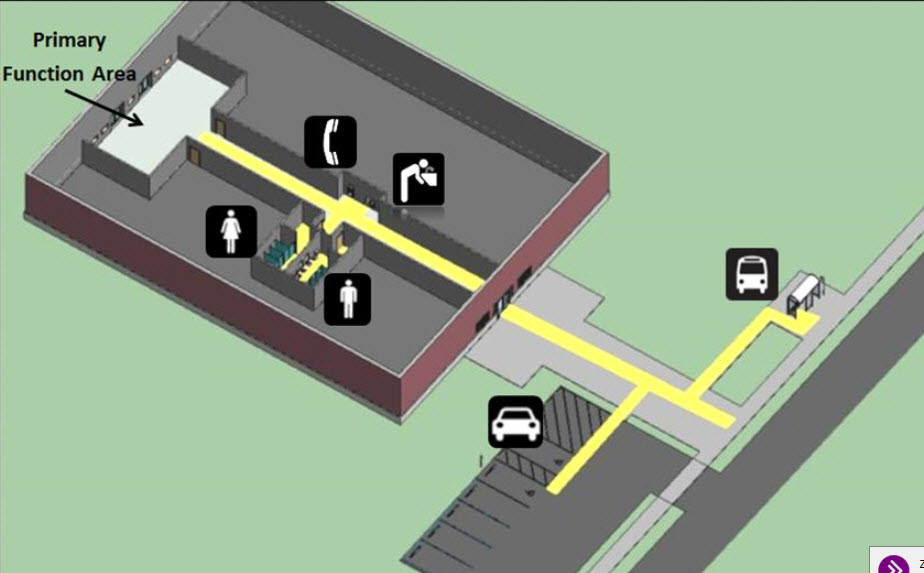
The figure above shows a visual of the “path of travel” elements. The existing path of travel to the altered area will have to comply in this project (EVEN IF IT IS NOT PART OF THE ORIGINAL SCOPE OF WORK) because it serves the altered area which occurs in an area that contains a primary function. The ADA and TAS requires that at least 20% of the construction budget is used for barrier removal and ADA upgrades.
 Abadi
Abadi 
